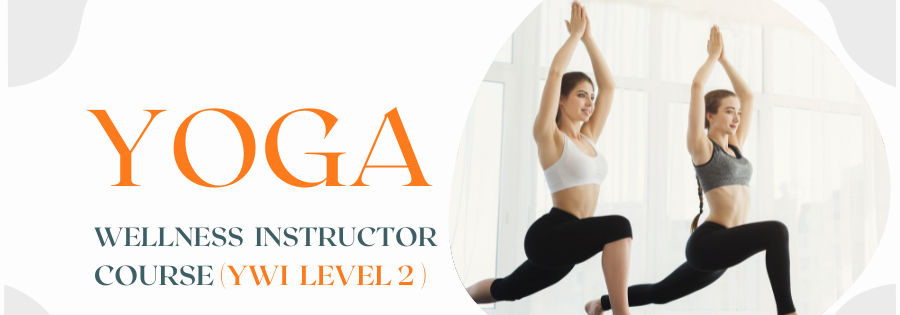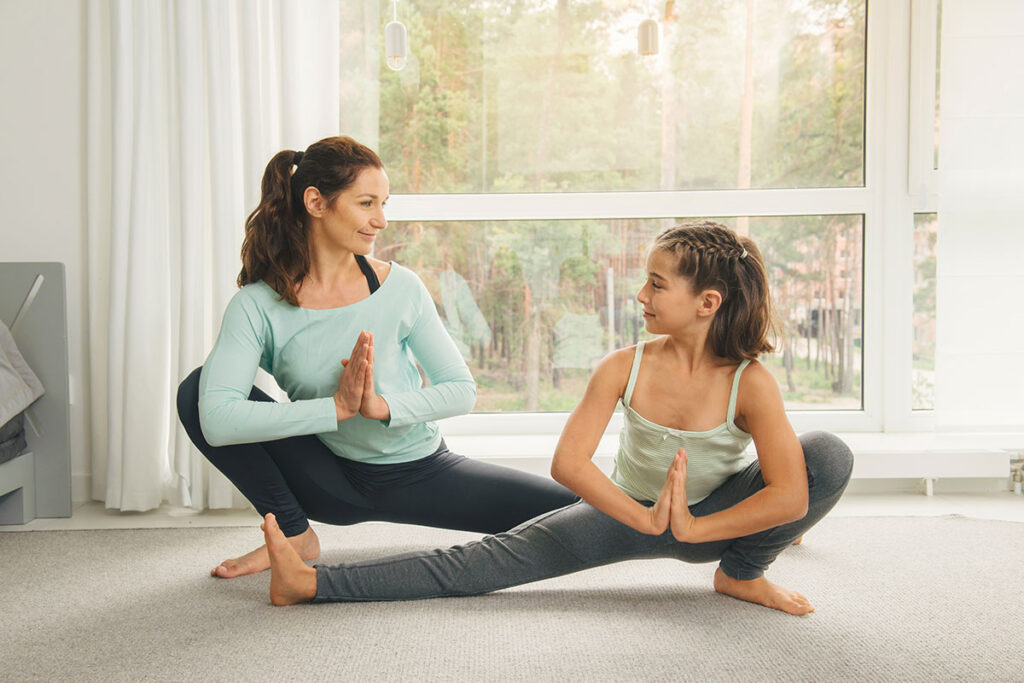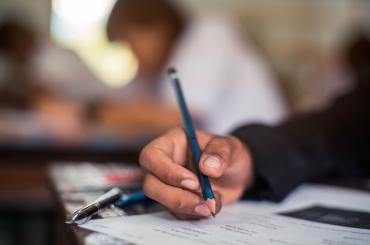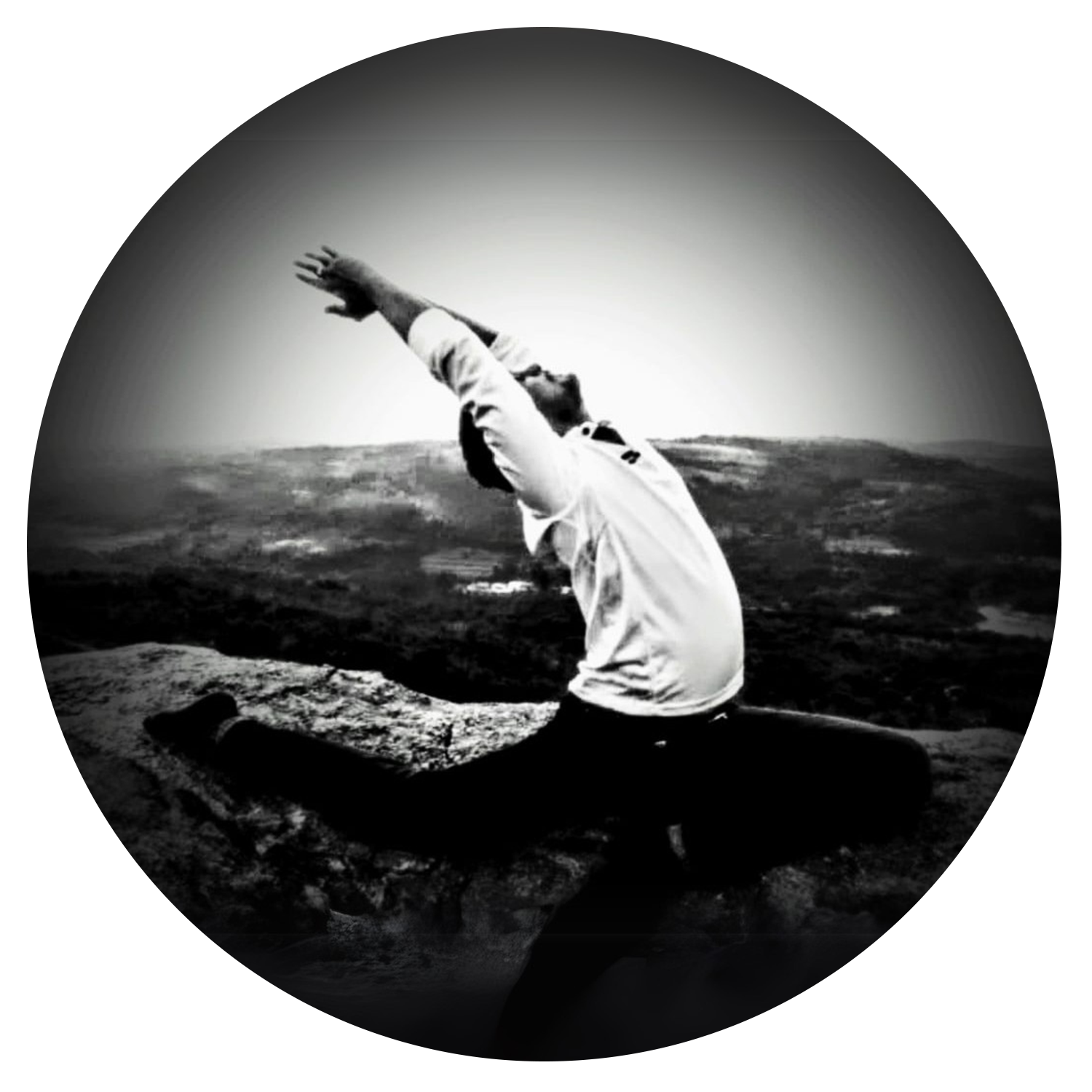
INTRODUCTION
Brief Role Description
Certified Yoga Professionals (Yoga Wellness Instructor) to teach Yoga for prevention of illness and promotion of wellness in schools, Yoga studios, work places, Yoga wellness centres/ Primary Health care centres etc.
Requirement / Eligibility
There is no eligibility criteria for this certification. It is open for all candidates. To appear in this certification, it is suggested/ desired that the candidate should have passed 10th standard / secondary school certificate from a recognized board or equivalent.
Minimum age: No age limit
Personal Attributes
The job requires an individual to have good communication skills, time management skills and ability to understand the body language of the trainees. The job requires individuals to possess key qualities such as self-discipline, confidence, maturity, patience, compassion, active listening, time management, empathetic, language proficiency.
Name of the Certification | Yoga Wellness Instructor (YWI) |
Certification Level | Level-2 |
Credit points for certificate | 24 credits |

THEORY SYLLABUS
Unit 1: Introduction to Yoga and Yogic Practices
1.1 Yoga: Etymology, Definitions, Aim, Objectives and Misconceptions.
1.2 Yoga: Its origin, history and development.
1.3 Brief Introduction to Samkhya and Yoga Darshana.
1.4 Life sketches and teachings of Yoga masters (Maharishi Ramana, Shri Aurobindo Swami Vivekananda, Swami Dayananda Saraswati).
1.5 Principles of Yoga and practices of healthy living.
1.6 Principles and Practices of Jnana Yoga.
1.7 Principles and Practices of Bhakti Yoga.
1.8 Principles and Practices of Karma Yoga.
1.9 Concept and principles of Sukshma Vyayama, Sthula Vyayama, Surya Namaskara and their significance in Yoga Sadhana.
1.10 Concept and principles of Shatkarma: Meaning, Types, Principles and their significance in Yoga Sadhana.
1.11 Concept and principles of Yogasana: Meaning, definition, types and their significance in Yoga Sadhana.
1.12 Concept and principles of Pranayama: Meaning, definition, types and their significance in Yoga Sadhana.
1.13 Introduction to Tri Bandha and their health benefits.
1.14 Dhyana and its significance in health and well being.
1.15 Introduction to Yogic relaxation techniques with special reference to Yoga Nidra.
Unit 2: Introduction to Yoga Texts
2.1 Introduction to Prasthanatrayee, Purushartha Chatushtaya and the goal of human life
2.2 Yoga in Kathopnishad, Prashanopanisha, Tattriyopnishad with special emphasis on Panchakosha Vivek and Ananda Mimamsa.
2.3 Concept of Sthitaprajna, Bhakti, Karma and Dhyana in Bhagavad Gita.
2.4 Concept of healthy living in Bhagavad Gita (Ahara, Vihara, Achara, Vichara).
2.5 Study of Patanjal Yoga Sutra including selected sutras from following chapters (I- 1 to 12,II- 46 – 51, III- 1 to 4).
2.6 Concept of Chitta, Chitta Bhumi, Chitta Vritti, Chitta Vikshepa, Chittaprasadanam and their relationship with wellness.
2.7 Bahiranga Yoga of Maharishi Patanjali (Yama, Niyama, Asana, Pranayama, Pratyahara).
2.8 Antaranga Yoga of Maharisi Patanjali (Dharana, Dhyana, Samadhi).
2.9 Concept of mental well being according to Patanjala Yoga.
2.10 Hatha Yoga: Its parampara, knowledge of basic Yoga texts (Hatha Pradipika and Gherand Samhita). Relationship between Hatha yoga and Raja Yoga.
2.11 Sadhaka and Badhaka tatva, principle to be followed by Hatha Yoga Practitioner.
2.12 Concept of Matha, Mitahara, Pathya & Apthaya.
2.13 Concepts of Nadis, Prana and Pranayama for Subjective experiences.
2.14 Knowledge of Hatha Yoga practices for wellness (Shatkarma, Asanas, Pranayama, Mudra, Nadaanusandhana).
Unit 3: Yoga for Health Promotion
3.1 General introduction to the human body and nine major systems of human body.
3.2 Introductions to sensory organs (Eyes, Nose, Ears, Tongue and Skin).
3.3 Basic functions of nine major systems of the human body and homeostasis.
3.4 Yogic concept of health and wellness.
3.5 Concept of Tridoshas, Sapta Dhatu, Agni, Vayu and Mala; their role in wellness.
3.6 Concepts of Dinacharya and Ritucharya and their importance in well being.
3.7 Importance of Ahara, Nidra and Brahmacharya in well being.
3.8 Yogic concept of mental hygiene: Maître, Karuna, Mudita & Upeksha).
3.9 Importance of psychosocial environment for health and wellness.
3.10 Yogic concept and principles of Ahara(Mitahara, Yuktahara).
3.11 Health benefits of Suryanamaskara, Shatkarma, Asanas, Pranayama and practices leading to Dhyana (as per the practical syllabus of the course).
3.12 Salient features and contraindications of Yoga practices for well being (as per the practical syllabus of the course).
3.13 Knowledge of common diseases; their prevention and management by Yoga.
3.14 Knowledge of the role of Yoga in the management of non communicable diseases.
3.15 Concept of stress and Yogic management of stress and its consequences.
PRACTICAL SYLLABUS
A. Demonstration Skills
1. Prayer:
- 1.1 Concept and recitation of Pranava.
- 1.2 Concept and recitation of other hymns.
- 1.3 Selected universal prayers, invocations and Nishpatti Bhava.
2. Yogic Shat Karma:
- 2.1 Neti: Sutra Neti and JalaNeti.
- 2.2 Dhauti: Vamana Dhauti (Kunjala)
- 2.3 Kapalabhati (Vatakrama)
3. Yogic SukshmaVyayama and SthulaVyayama
- Yogic SukshmaVyayama (Micro Circulation Practices)
- Neck Movement
- – Griva Shakti Vikasaka( I,II,III,IV)
- Shoulder Movement
- – BhujaBalli Shakti Vikasaka
- – PurnaBhuja Shakti Vikasaka
- Trunk Movement
- – Kati Shakti Vikasaka (I, II, III, IV, V )
- Knee Movement
- – Jangha Shakti Vikasaka (II-A&B )
- – Janu Shakti Vikasaka
- Ankle movement
- – Pada-mula shakti Vikasaka – A&B
- – Gulpha-pada-pristha-pada-tala shakti Vikasaka
- Yogic Sthula Vyayama (Macro Circulation Practices)
- – Sarvanga Pushti
- – HridGati (Engine Daud)
4. Yogic Surya Namaskara
5. Yogasana
- 5.1 Tadasana, Hastottanasana, Vrikshasana
- 5.2 ArdhaChakrasana, Padahastasana
- 5.3 Trikonasana, ParshvaKonasana, Katichakrasana
- 5.4 Dandasana, Padmasana, Vajrasana
- 5.5 Yogamudrasana, Parvatasana
- 5.6 Bhadrasana, Mandukasana, Ushtrasana, Shashankasana, UttanaMandukasana
- 5.7 Pashchimottanasana, Purvottanasana
- 5.8 Vakrasana, ArdhaMatsyendrasana, Gomukhasana
- 5.9 Makarasana, Bhujangasana, Shalabhasana, Dhanurasana
- 5.10 Pavanamuktasana and its variations
- 5.11 Uttanapadasana, ArdhaHalasana, Setubandhasana, Saral-Matsyasana
- 5.12 Shavasana
6. Preparatory Breathing Practices
- 6.1 Sectional Breathing (Abdominal, Thoracic and Clavicular Breathing
- 6.2 Yogic Deep Breathing
- 6.3 AnulomaViloma /NadiShodhana
7. Pranayama
- 7.1 Concept of Puraka, Rechaka and Kumbhaka
- 7.2 Ujjayi Pranayama (Without Kumbhaka)
- 7.3 ShitaliPranayama (without Kumbhaka)
- 7.4 Sitkari Pranayama (without Kumbhaka)
- 7.5 Bhramari (without Kumbhaka)
8. Concept and Demonstration of Bandha
- 8.1 Jalandhara Bandha
- 8.2 Uddiyana Bandha
- 8.3 Mula Bandha
9. Concept and Demonstration of Mudra
- 9.1 Yoga Mudra
- 9.2 Maha Mudra
- 9.3 Viparitakarani Mudra
10. Practices leading to Dhyana Sadhana
- 10.1 Body awareness and Breath awareness
- 10.2 Yoga Nidra
- 10.3 Antarmauna
- 10.4 Recitation of Pranava and Soham
- 10.5 Recitation of Hymns
- 10.6 Practice of Dhyana
B. Teaching Skills
11. Methods of Teaching Yoga
- 11.1 Teaching methods with special reference to Yoga.
- 11.2 Factors influencing Yoga teaching.
- 11.3 Need of teaching practice and its use in Yogic practice.
- 11.4 Teaching Aids : Meaning and Need, Role of Language, Voice, Fluency, Clarity and Body language in an ideal presentation.
- 11.5 Methods of teaching Yoga to an individual, small group and large group.
- 11.6 Lecture cum demonstration in Yoga: Its meaning, importance and method of its Presentation.
- 11.7 Lesson plan: Its meaning and need.
- 11.8 Preparation of lesson plan in Yoga, Preparation of lesson plan for an individual and for a group.
- 11.9 Presentation of lessons in specific Yogic practices: Kriya, Asana, Pranayama, and Dhyana.
- 11.10 Assessment of a Yoga class (detection and correction of mistakes).
MARKS DISTRIBUTION
Theory:
Unit No | Unit name | Marks |
1 | Introduction to Yoga and Yogic Practices | 20 |
2 | Introduction to Yoga and Yogic Practices | 20 |
3 | Yoga for Wellness | 20 |
Total | 60 | |


Practical:
Unit No | Practical Work | Marks |
1 | Demonstration Skills | 80 |
2 | Teaching Skills | 40 |
3 | Application of knowledge | 10 |
4 | Field Experience | 10 |
Total | 140 | |

